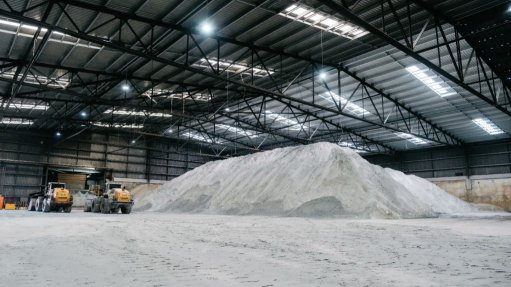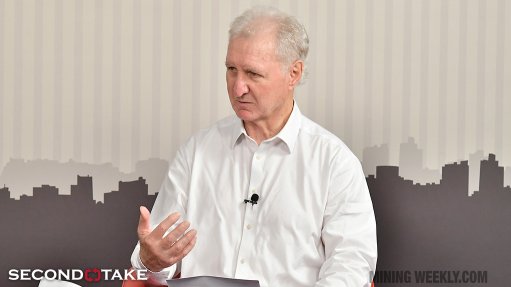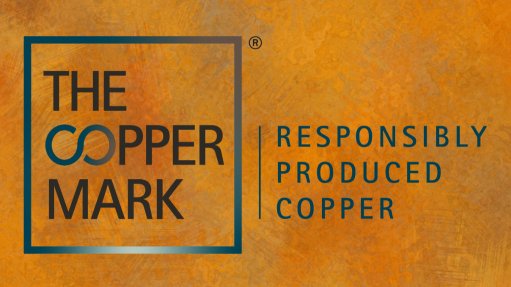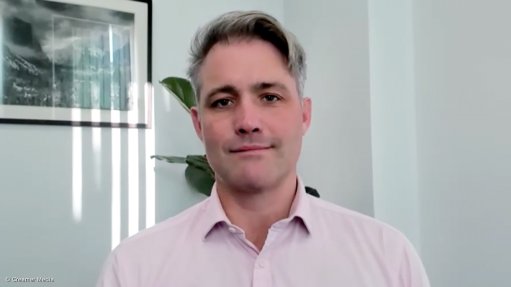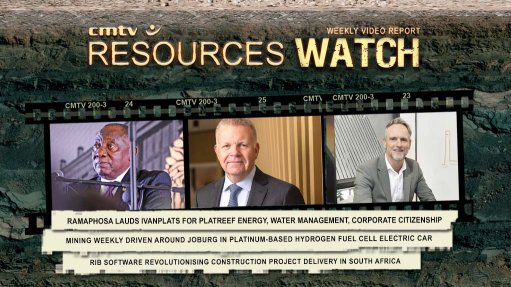Gautrain chief on the four pillars of a successful transport megaproject
The successful implementation of transport infrastructure megaprojects rests on four equally important “pillars”, Gautrain Management Agency CEO Jack van der Merwe told the recent Sixth Council for Scientific and Industrial Research Conference, in Pretoria.
They are political will and commitment; a viable project, with the base case design including the required technical, financial, legal and institutions elements; funding – for both the actual infrastructure and for operating it, once it is completed – including (in the case of a public–private partnership, or PPP) both government and private-sector contributions; and community acceptance and buy-in (influenced by both the socioeconomic benefits of the project and the need to expropriate land to build it on).
He highlighted that these types of projects usually take 14 years from conception to entry into service. They are also usually intended to meet a range of objectives (to help justify their costs). In the case of the Gautrain, for example, it was intended to promote economic growth, stimulate investment (both local and foreign) and facilitate new development and create jobs, as well improve public transport and reduce travel time, distances and costs. It was further expected to assist tourism and the development of businesses, especially small, medium-sized and microenterprises, and broad-based black economic-empowerment enterprises. The argument about the cost of such projects is not usually about how much money is required but rather what other projects and programmes could be funded with that money.
Within the context of South Africa, he stressed, there were two national priorities: combating poverty and creating jobs. These priorities are meant to be achieved through the National Development Plan (NDP). He noted that the Gautrain project involved a team of some 300 engineers, financial specialists and lawyers, and pointed out that implementing the NDP would require thousands of such specialists.
The Public Finance Management Act specifies the requirements for a PPP in South Africa. These are that it must provide value for money (established using a public-sector comparator, which establishes what the project would cost government if it were done by means of the normal procurement processes, including the costs and risks of integration and completion); it must be affordable (including the total project cost, in terms of net present value, the yearly cost, and the maintenance of the 80:20 ratio in the ‘social versus rest’ division in the budget); and that the project risks must be borne by the partners and agencies best able to manage and mitigate them.
In a transport infrastructure PPP, government establishes the long-term vision, provides the land, passes the necessary legislation, provides subsidies and guarantees the rights of way. The private sector supplies access to the capital markets and financing, provides design and construction innovation and carries out the operation and maintenance. In return, government gains tax revenues, improves the mobility of the population, encourages economic development, achieves socioeconomic benefits and gains life-cycle funding. The private sector wins design and construction contracts, operating contracts, revenues, the servicing of debts and profits.
Implementing a PPP involves a process sequence and parallel processes. The process, or engineering planning, sequence involves the identification of the project and consultation about it; the passing of the PPP legislation, the authorisation process and project approval; the planning and implementation of the tender process (including the request for quotations and request for proposals); the choosing of the preferred bidder and reserve bidder; commercial negotiations and the closing of the deal; the construction phase; the operation and maintenance of the system during the concession period; and, when the concession period has ended, the handover of the system.
Van der Merwe warned that, while the process sequence was well known, it was the parallel processes that tripped people up. These are the governance issues of decision- making and authorisation; legal processes (notably, litigation regarding the project itself and the project process); the need to continuously communicate with and consult those affected by the project and undertake continuous public relations; the environmental-impact assessment process; the involvement, support and buy-in by third parties; the socioeconomic development obligations; the land acquisition requirements; the maintenance of funding over a number of Medium Term Expenditure Framework periods; and miscellaneous external pressures.
Article Enquiry
Email Article
Save Article
Feedback
To advertise email advertising@creamermedia.co.za or click here
Press Office
Announcements
What's On
Subscribe to improve your user experience...
Option 1 (equivalent of R125 a month):
Receive a weekly copy of Creamer Media's Engineering News & Mining Weekly magazine
(print copy for those in South Africa and e-magazine for those outside of South Africa)
Receive daily email newsletters
Access to full search results
Access archive of magazine back copies
Access to Projects in Progress
Access to ONE Research Report of your choice in PDF format
Option 2 (equivalent of R375 a month):
All benefits from Option 1
PLUS
Access to Creamer Media's Research Channel Africa for ALL Research Reports, in PDF format, on various industrial and mining sectors
including Electricity; Water; Energy Transition; Hydrogen; Roads, Rail and Ports; Coal; Gold; Platinum; Battery Metals; etc.
Already a subscriber?
Forgotten your password?
Receive weekly copy of Creamer Media's Engineering News & Mining Weekly magazine (print copy for those in South Africa and e-magazine for those outside of South Africa)
➕
Recieve daily email newsletters
➕
Access to full search results
➕
Access archive of magazine back copies
➕
Access to Projects in Progress
➕
Access to ONE Research Report of your choice in PDF format
RESEARCH CHANNEL AFRICA
R4500 (equivalent of R375 a month)
SUBSCRIBEAll benefits from Option 1
➕
Access to Creamer Media's Research Channel Africa for ALL Research Reports on various industrial and mining sectors, in PDF format, including on:
Electricity
➕
Water
➕
Energy Transition
➕
Hydrogen
➕
Roads, Rail and Ports
➕
Coal
➕
Gold
➕
Platinum
➕
Battery Metals
➕
etc.
Receive all benefits from Option 1 or Option 2 delivered to numerous people at your company
➕
Multiple User names and Passwords for simultaneous log-ins
➕
Intranet integration access to all in your organisation






